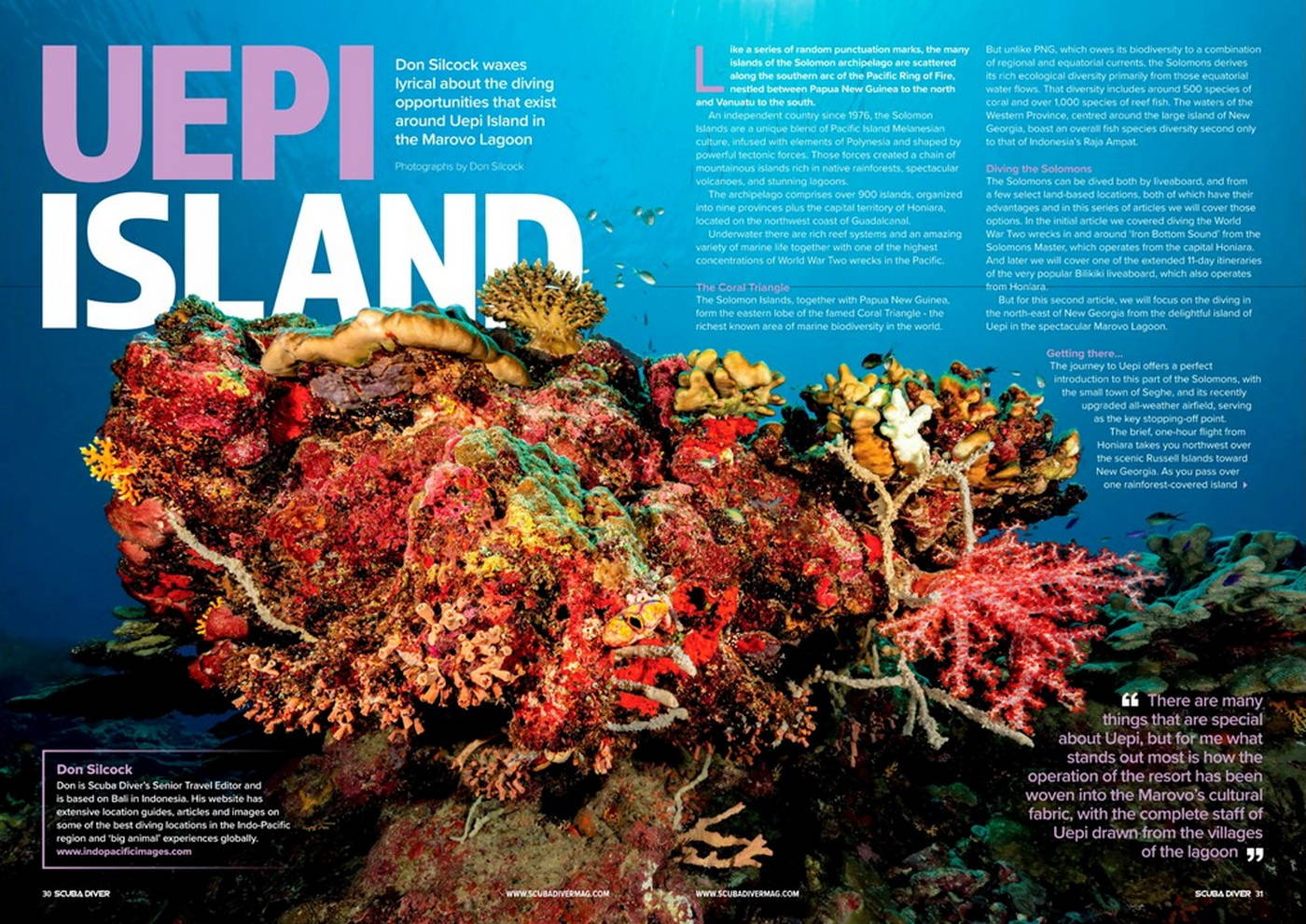Diving Uepi Island… The journey to Uepi is a truly wonderful introduction to the Solomon Islands.
The short, one-hour flight from Honiara takes you northwest over the scenic Russell Islands and onwards to the large island of New Georgia.
From the air, you’ll glimpse rainforest-clad islands encircled by crystal-clear waters, providing a wonderful preview of what is to come.
The small town of Seghe, with its newly upgraded all-weather airfield, is the main gateway to the Marovo Lagoon.
As you descend, the sheer scale of the world’s largest saltwater lagoon becomes apparent.
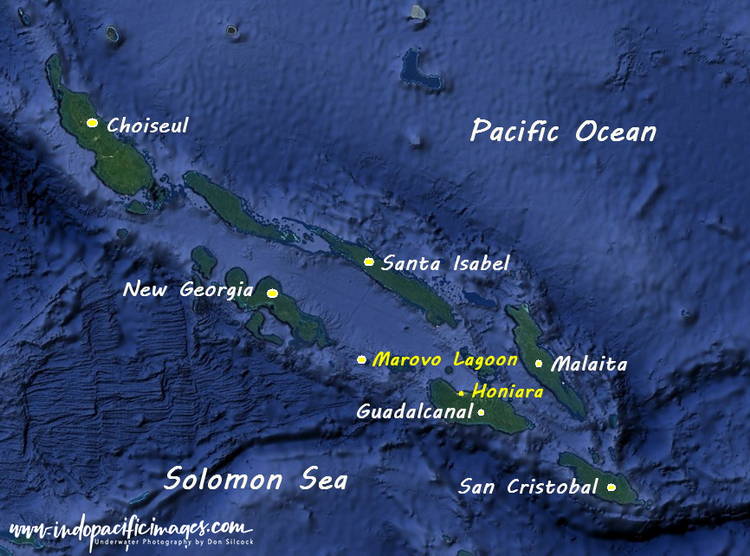
From Seghe, it’s a 30-minute boat ride north to Uepi and the other outer barrier islands that form the lagoon’s northern rim.
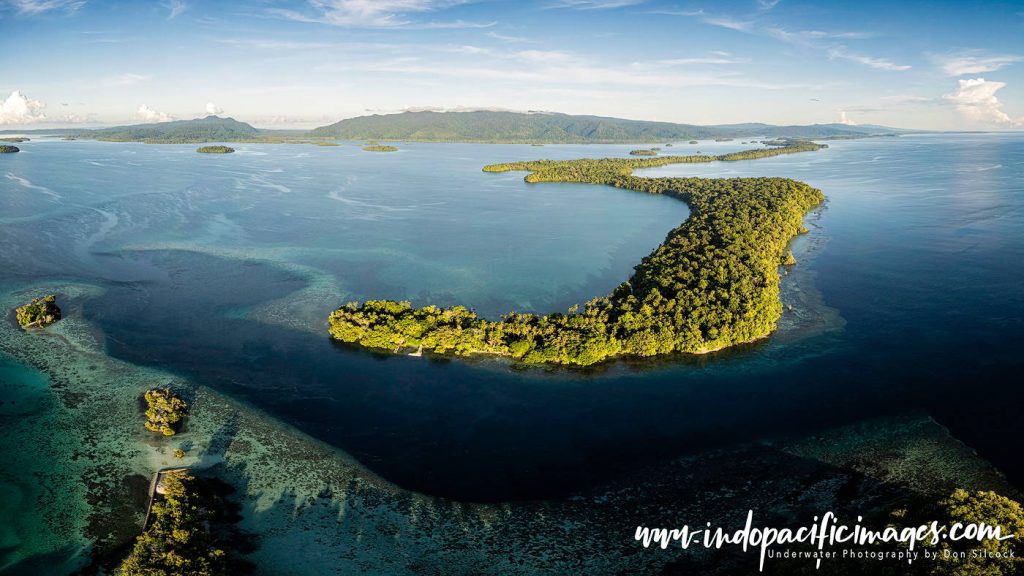
The Marovo Lagoon – Nature’s Breadbasket
Covering more than 700 square kilometers, the Marovo Lagoon encircles the volcanic islands of New Georgia, Vangunu, and Gatokae.
A double chain of raised barrier reefs borders it, creating an environment of remarkable ecological diversity.
Approximately 20,000 people live around the lagoon, forming close-knit communities that have practiced sustainable fishing and agriculture for generations.
Their understanding of how to maintain the lagoon’s delicate ecosystems is, in many ways, a model of traditional ecological wisdom.
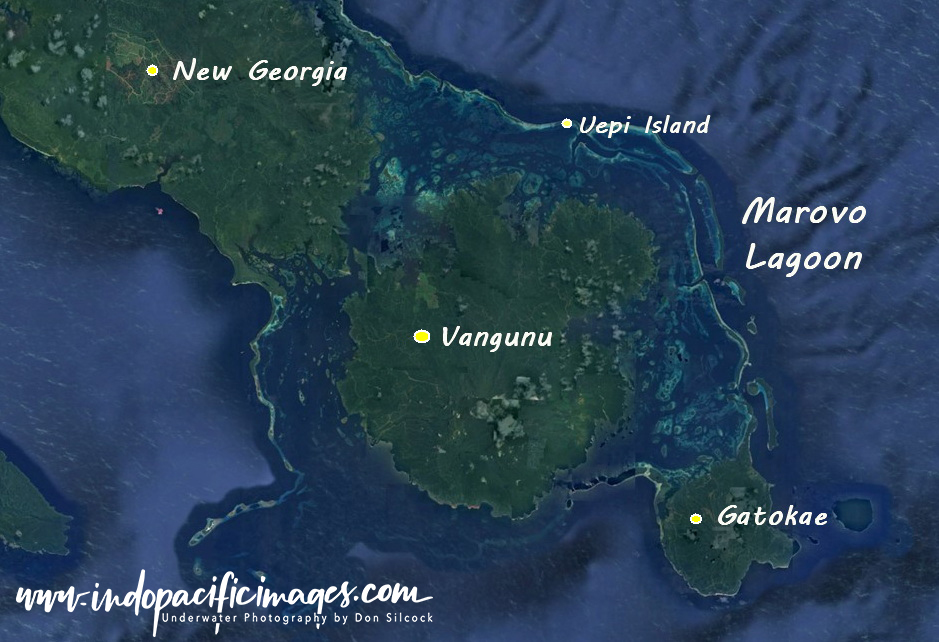
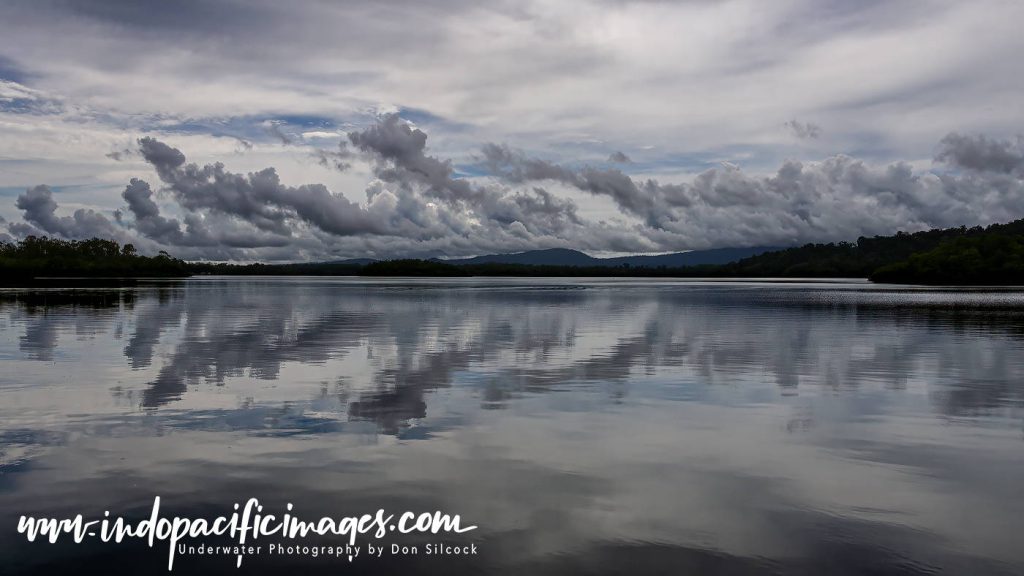
Uepi Island Resort – The Backstory…
Imagine a young couple arriving in Honiara in 1982 with their three-month-old baby and a dream to find an island they could make their home. That’s exactly what Jill and Grant Kelly did.
After months of diving around the capital, they heard about a small outer barrier reef island called Uepi — 2.5kms long, 300m wide, and densely covered in lush rainforest. Getting there involved a weekly supply boat to Seghe and a midnight canoe ride across the lagoon.
By 1987, Jill and Grant were running Uepi Island Resort, a small dive lodge that has since become one of the best-known land-based dive destinations in the Solomon Islands.

Diving Uepi Island
Uepi’s location is almost perfect. The large channel directly in front of the resort connects Marovo Lagoon with New Georgia Sound – the deep body of water running through the heart of the Solomons, that separates the two main island chains that form the country.
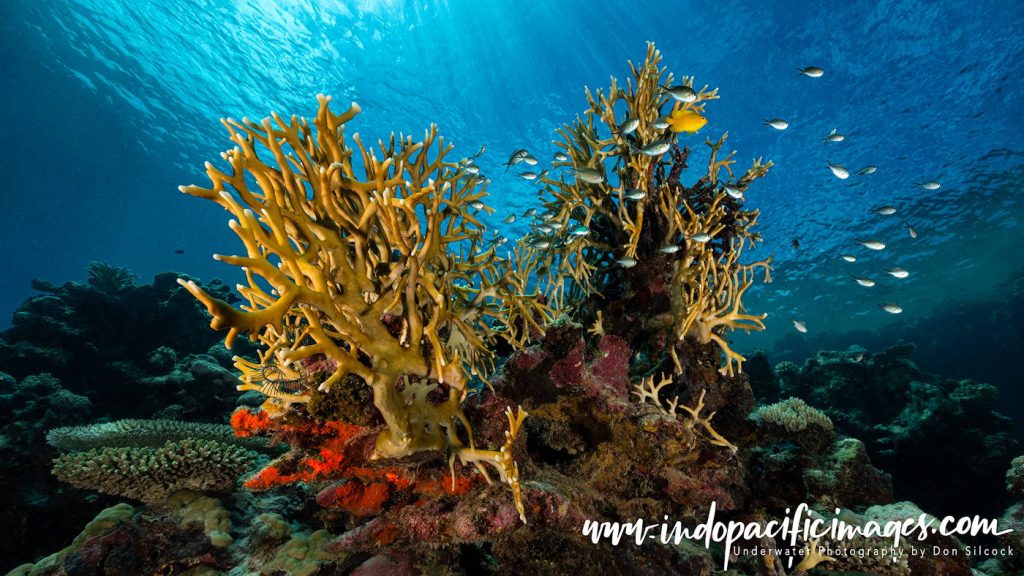
During WWII, the Allies dubbed it “the Slot” when it became the route for the infamous “Tokyo Express”. Blacked-out Japanese destroyers racing through the night to avoid Allied attacks while resupplying their base on Guadalcanal.
Those same deep-water basins and geological trenches that challenged wartime sailors are what creates the nutrient flows that make diving Uepi Island so rewarding.
Think rich sloping reef walls that plunge into blue depths, encounters with grey reef and whitetip sharks, schooling jacks, and barracuda — and, if you’re lucky, larger pelagic visitors.
The island’s famous Uepi Point sits where those currents sweep past the reef, nourishing huge sea fans and soft corals that host an astonishing array of marine life. Across the channel, Charapoanna Point offers similarly thrilling drift dives where powerful currents concentrate fish life.
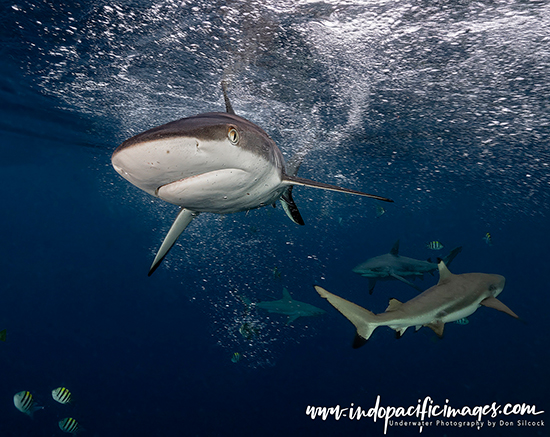
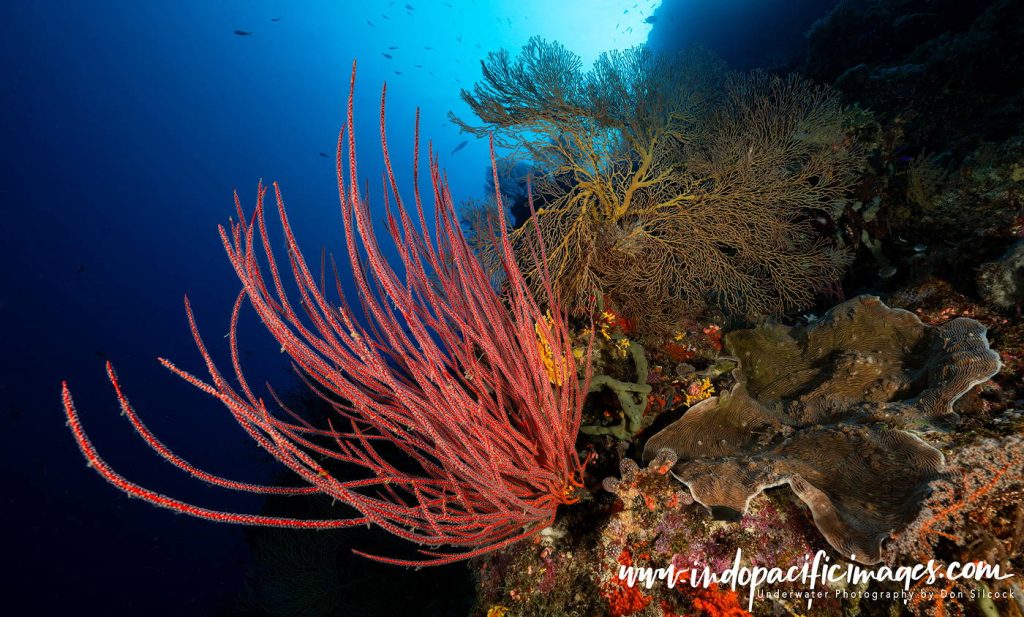
Uepi Welcome Jetty
No trip to Uepi Island is complete without diving the Welcome Jetty, home to a friendly school of Marovo Lagoon grey reef sharks. The best time to dive here is on an incoming tide — settle at about 5 metres in front of the jetty and wait. The sharks, accustomed to divers and naturally curious, will soon glide by for a closer look.
As Jill Kelly explains, the sharks remain calm and inquisitive because they’ve never been harassed or threatened. It’s a living example of how respectful coexistence creates lasting harmony underwater.
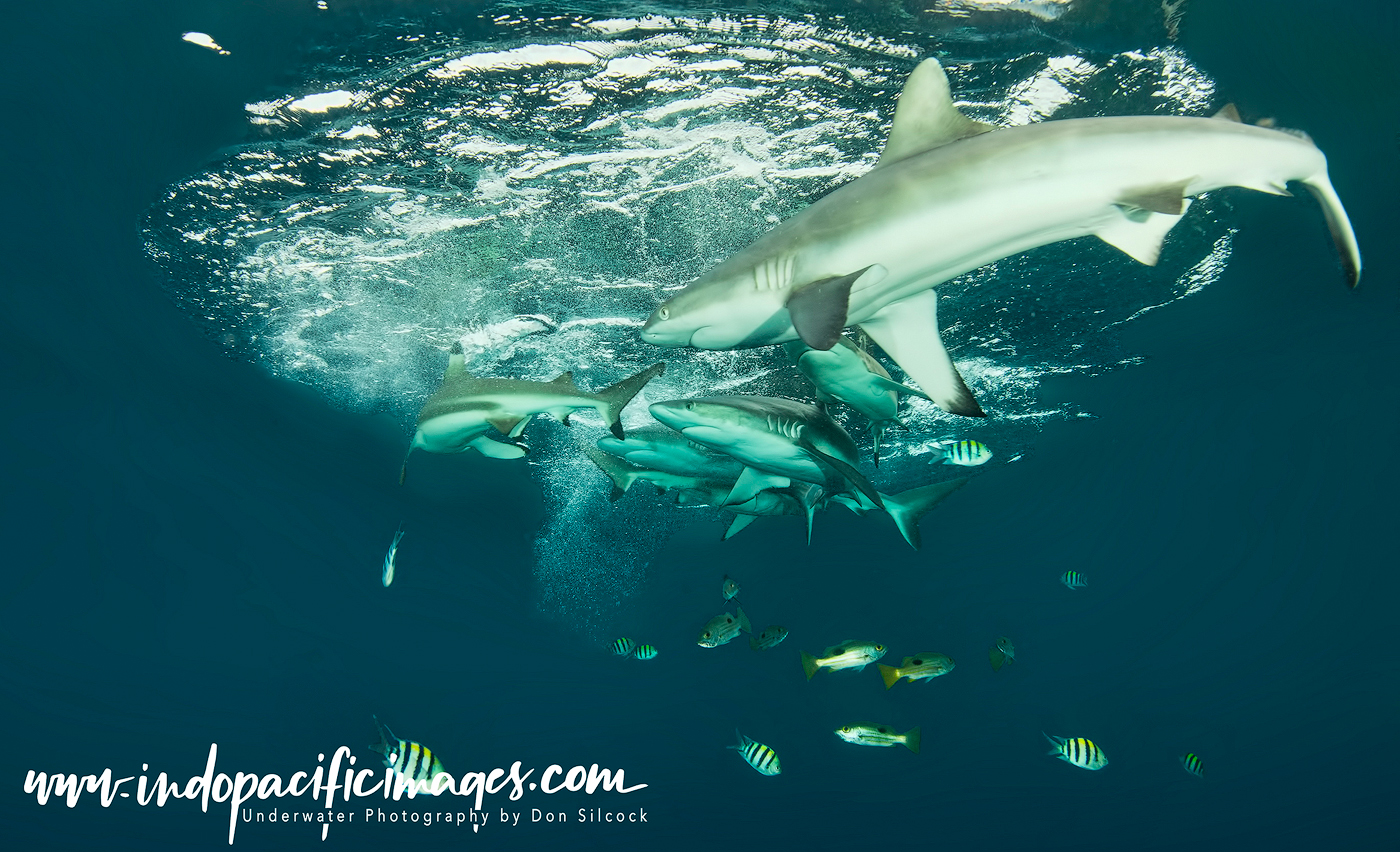
Diving Uepi Island – Giving Back…
For Jill and Grant, Uepi Island is far more than a resort – it’s home. They’ve weathered decades of challenges, from difficult logistics and civil unrest to tropical storms, yet they’ve never wavered in their commitment to the island and its people.
Every member of the Uepi Island Resort team comes from nearby Marovo Lagoon villages and has been personally trained by the Kellys. Their non-profit organisation, Solutions pa Morovo, has transformed community education and healthcare – even building an operating theatre at Seghe Hospital and supporting students through to university.
Diving Uepi Island – In Summary…
Diving Uepi Island offers the perfect combination of rich marine biodiversity, authentic culture, and warm Solomon Islands hospitality. It’s easy to reach via direct flights from Brisbane to Honiara, followed by a short domestic hop to Seghe and a scenic boat transfer to the island.
At Uepi, you’ll find pristine reefs, abundant marine life, and a resort that gives back to the community it belongs to. For divers seeking adventure with purpose, there’s no better place to experience the spirit of the Solomon Islands than at Uepi Island Resort in the heart of the Marovo Lagoon.
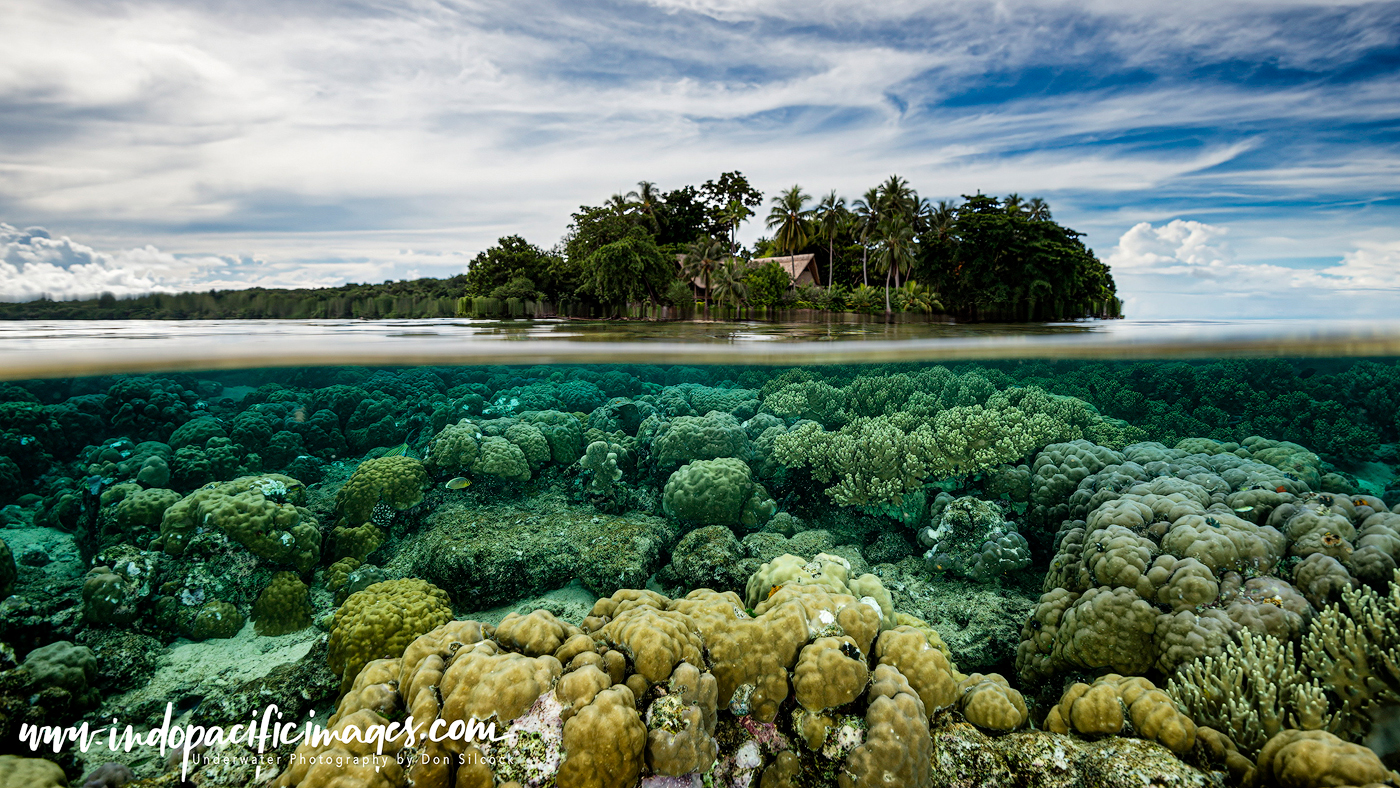
Scuba Diver Article
Scuba Diver ANZ recently published a five-page article of mine on Diving Uepi Island and you can use the link to download a copy.
